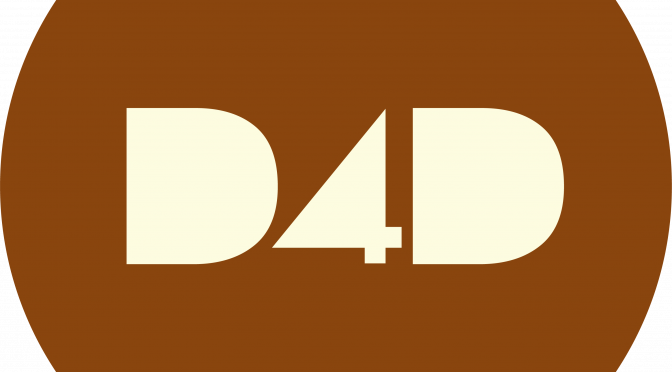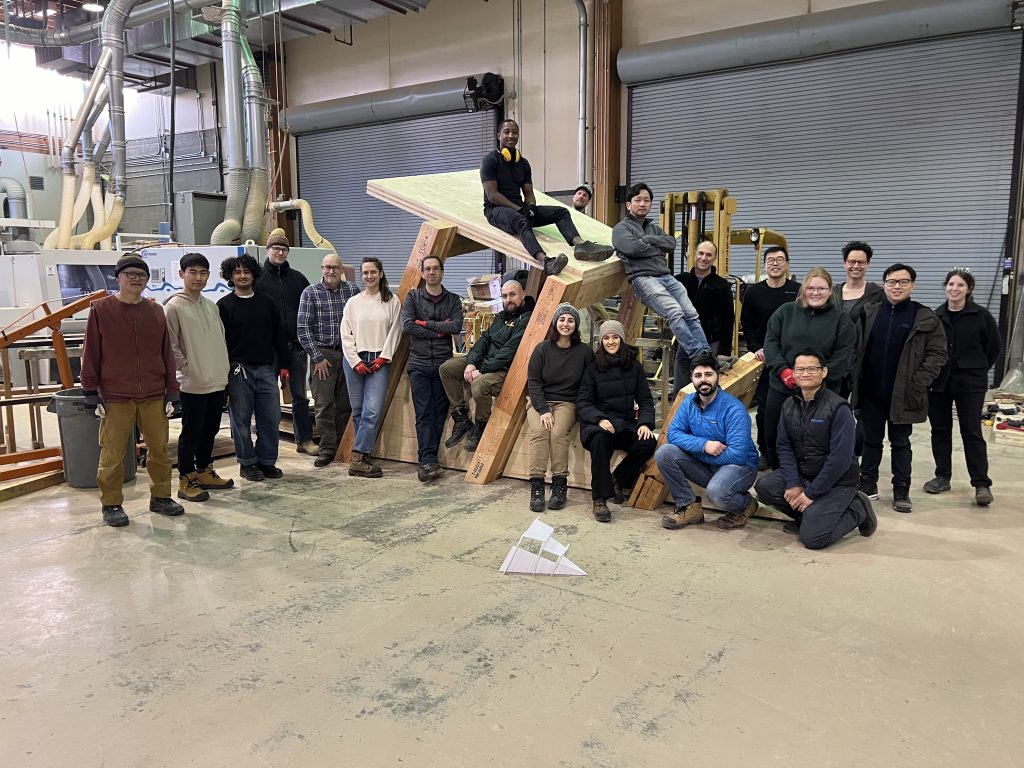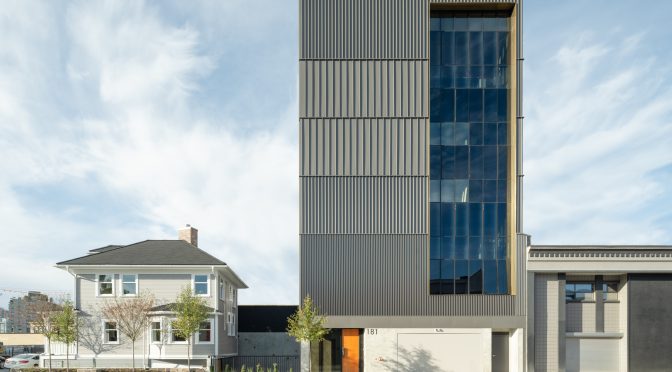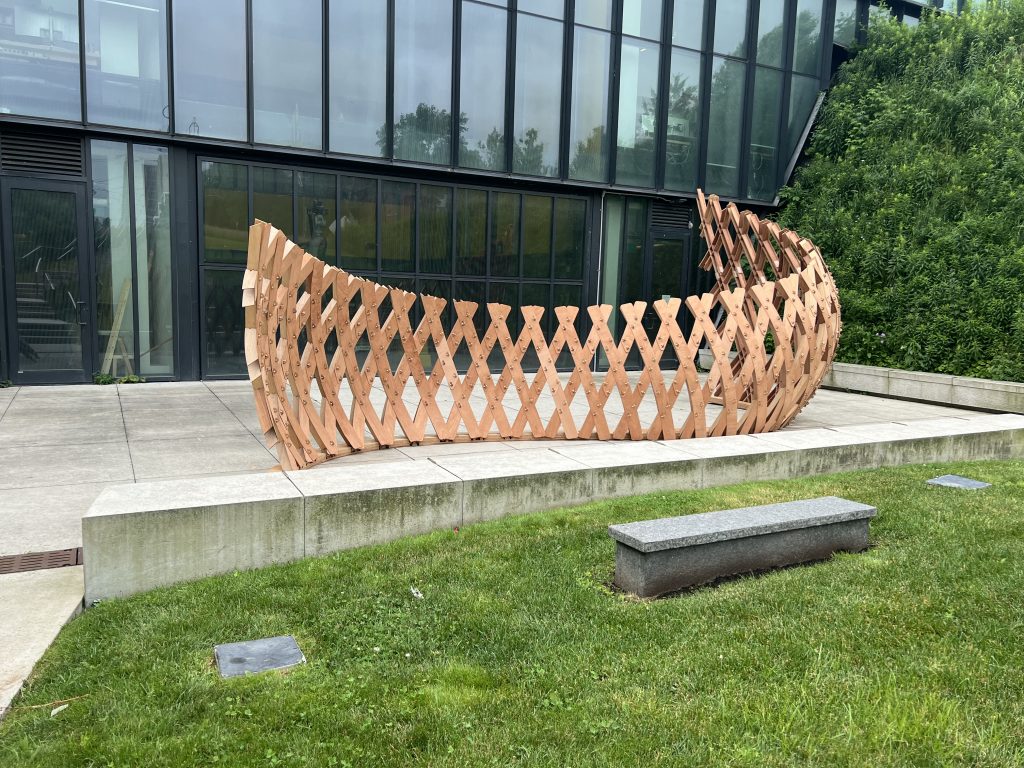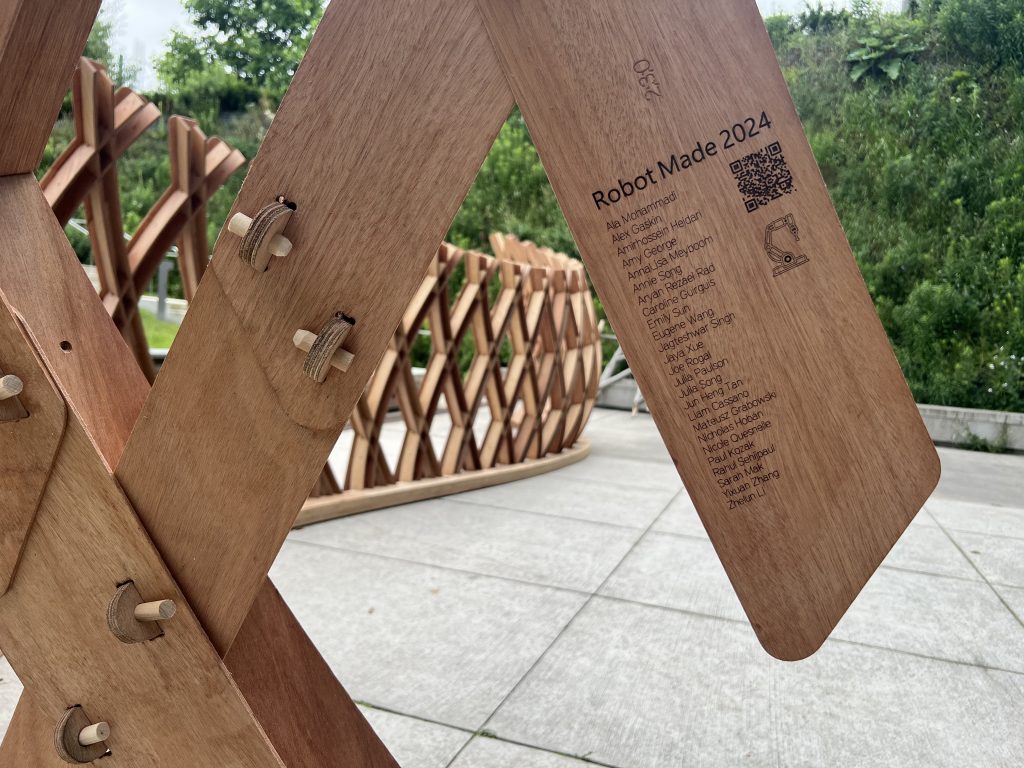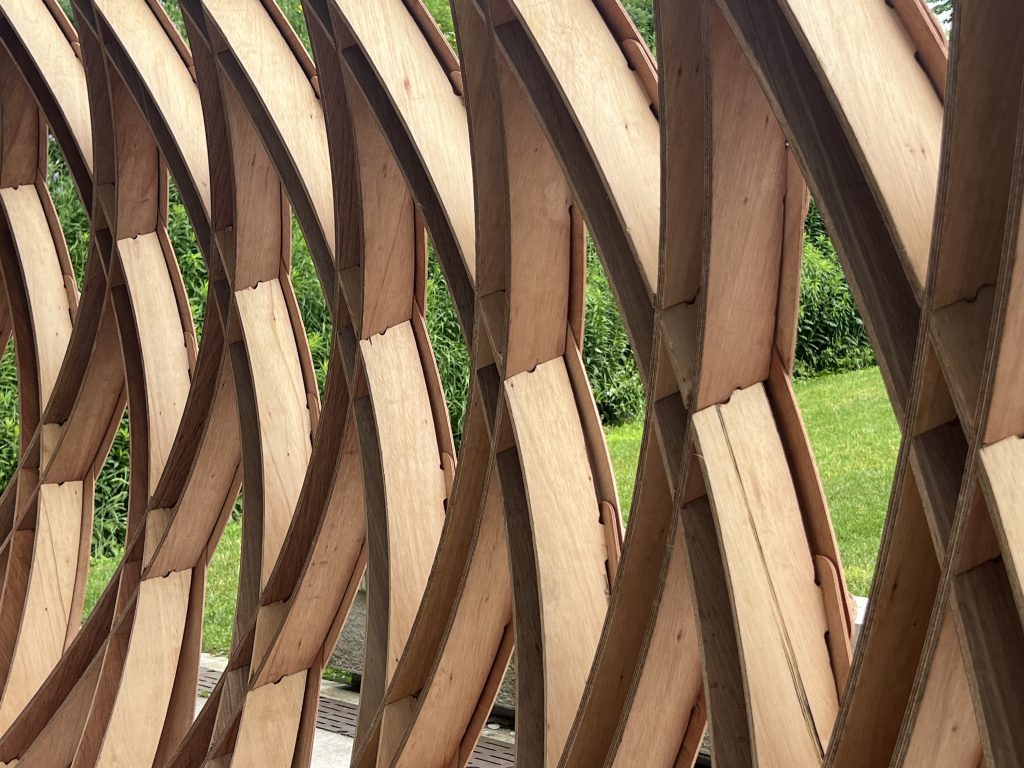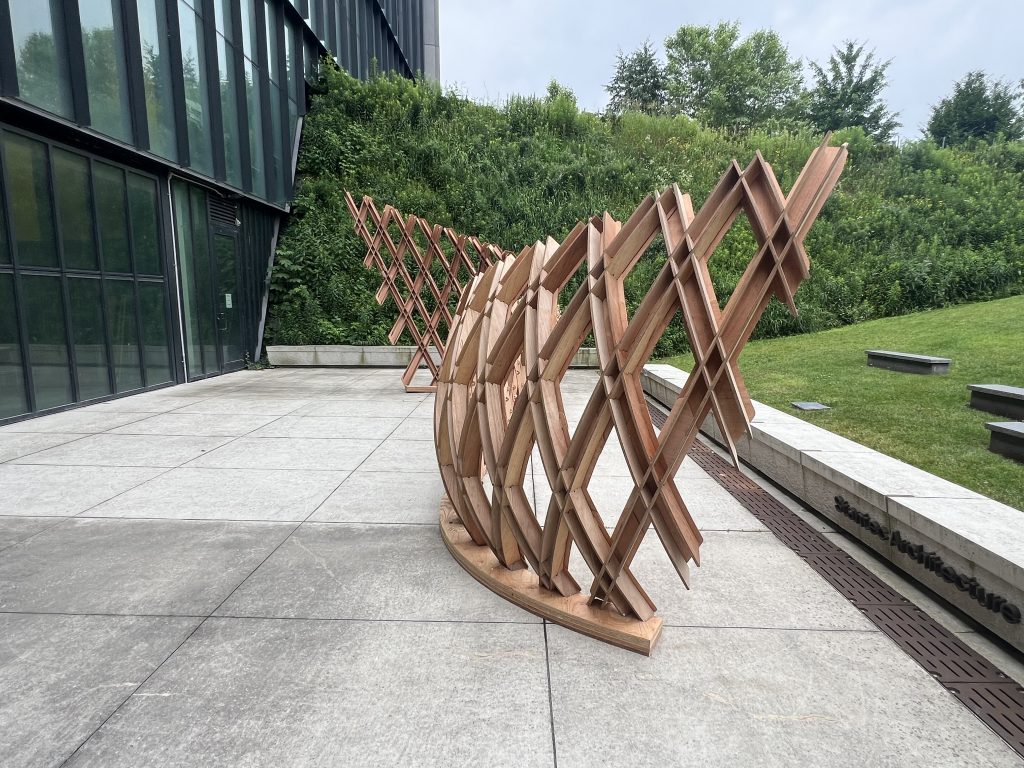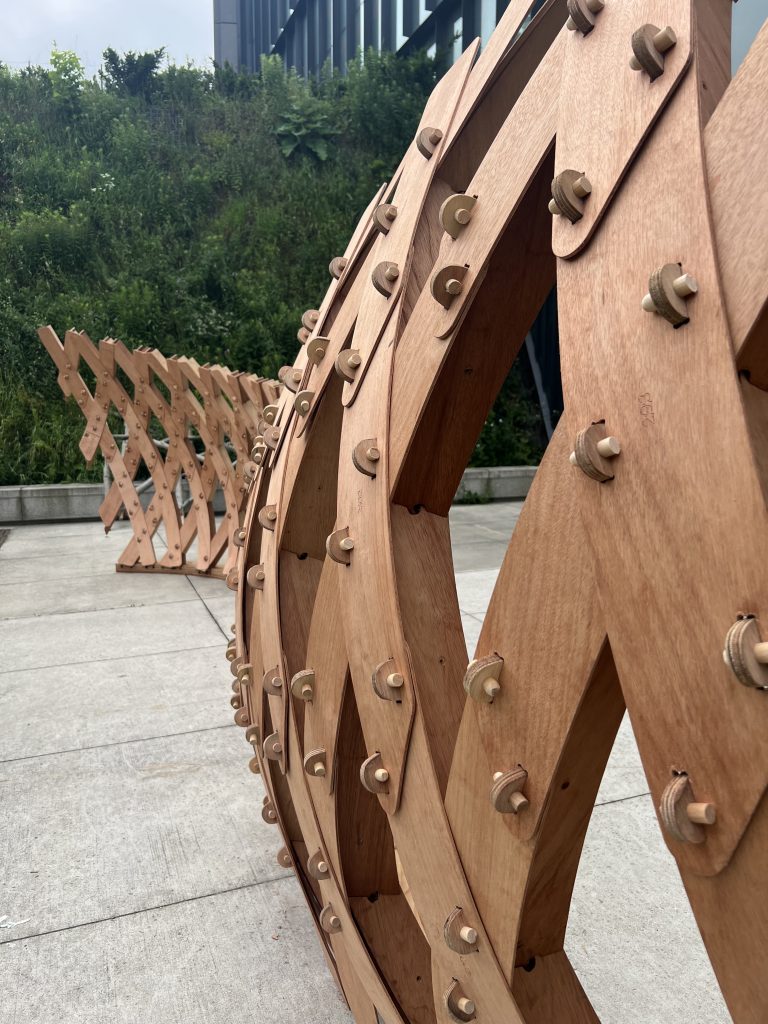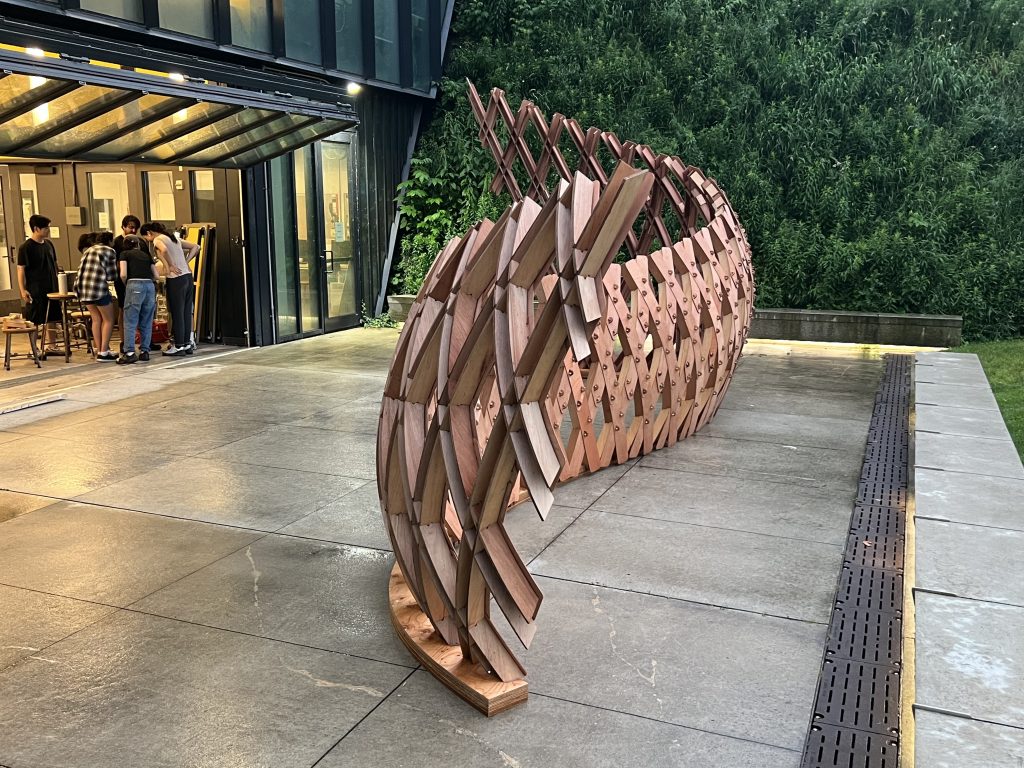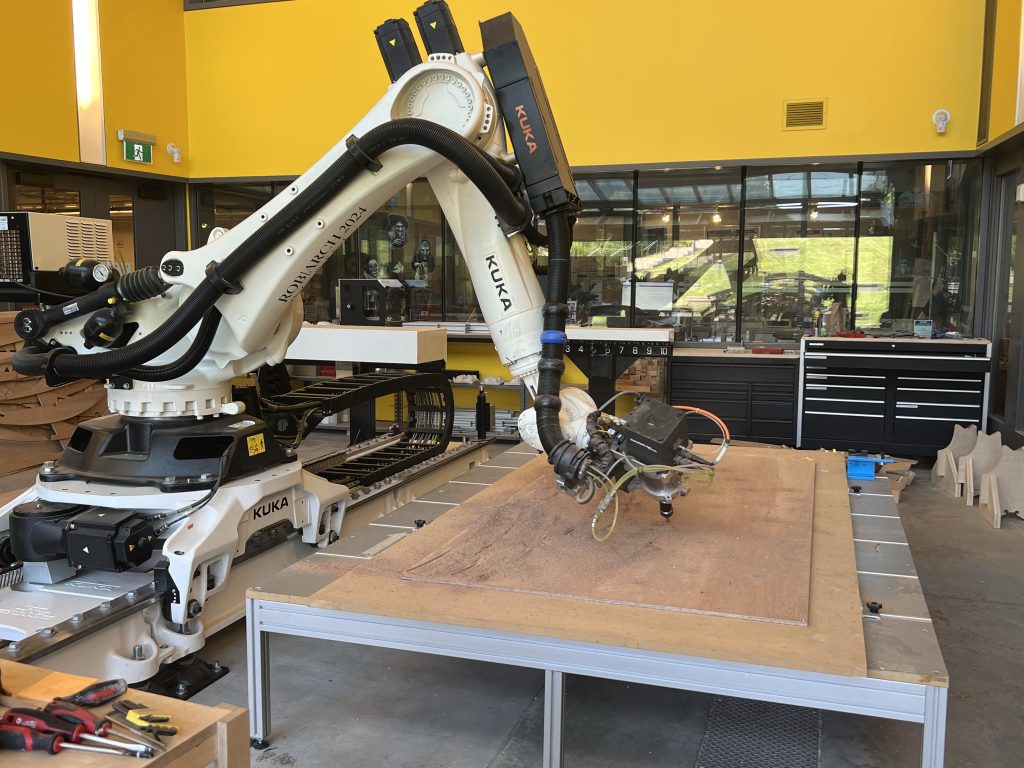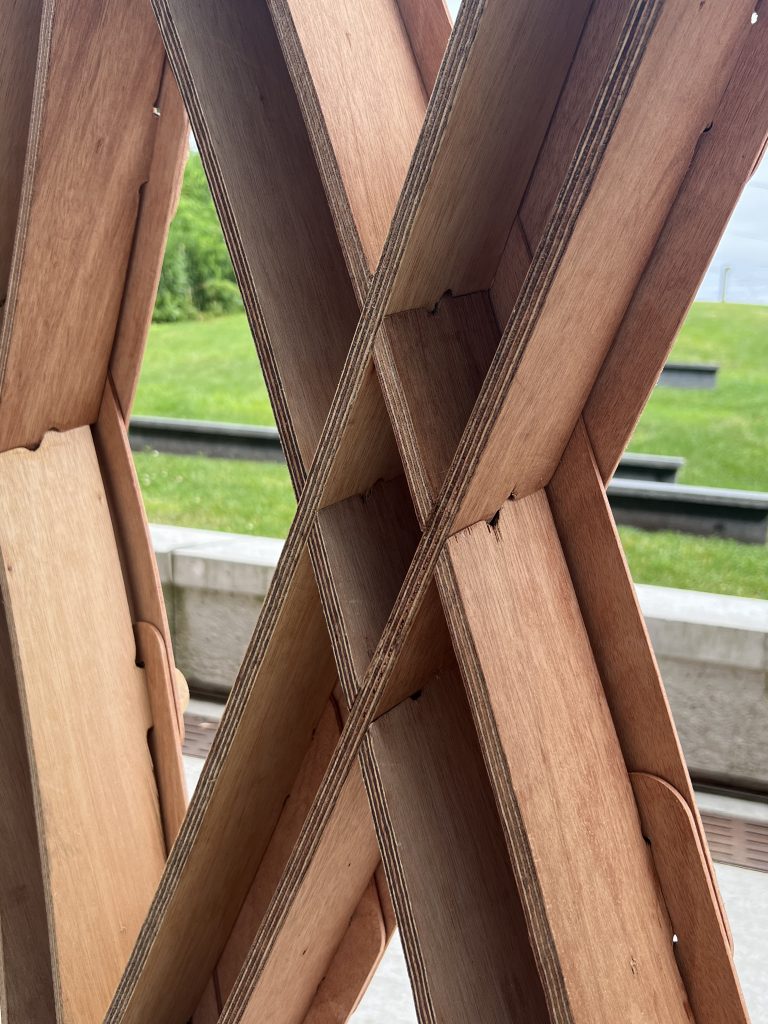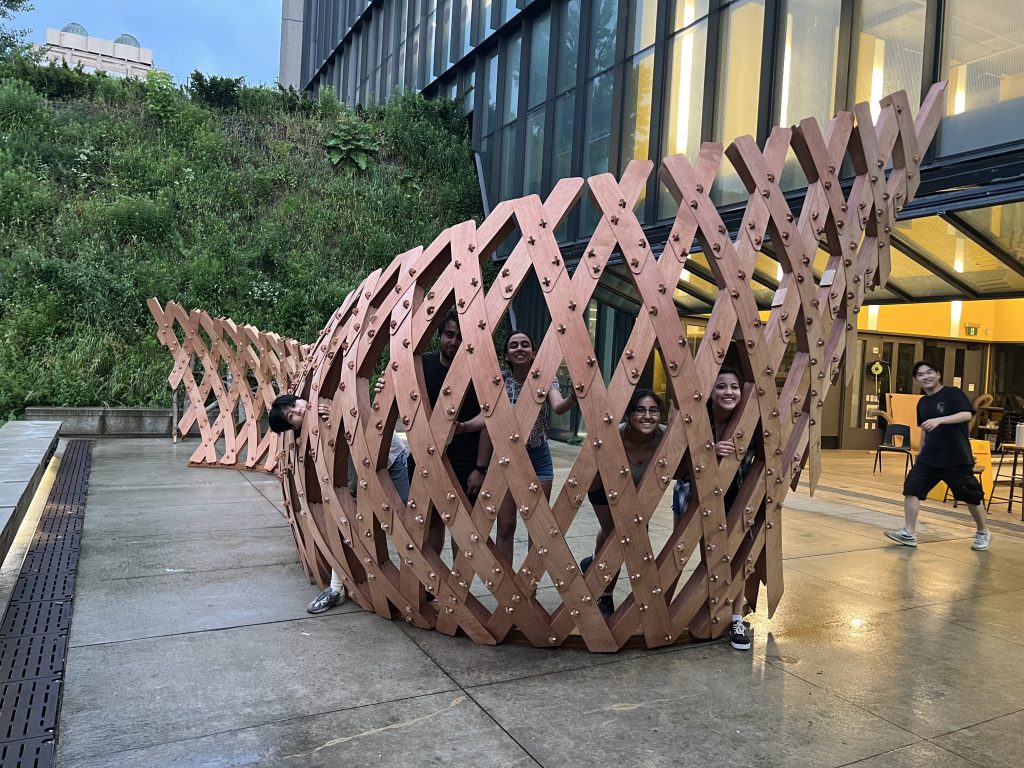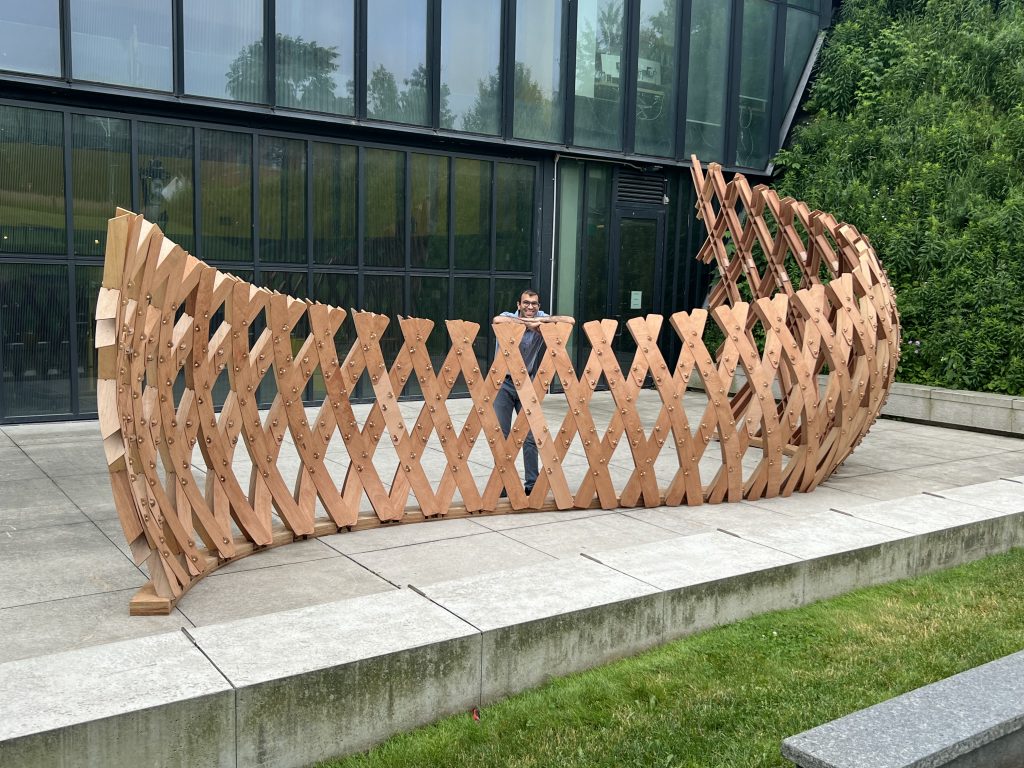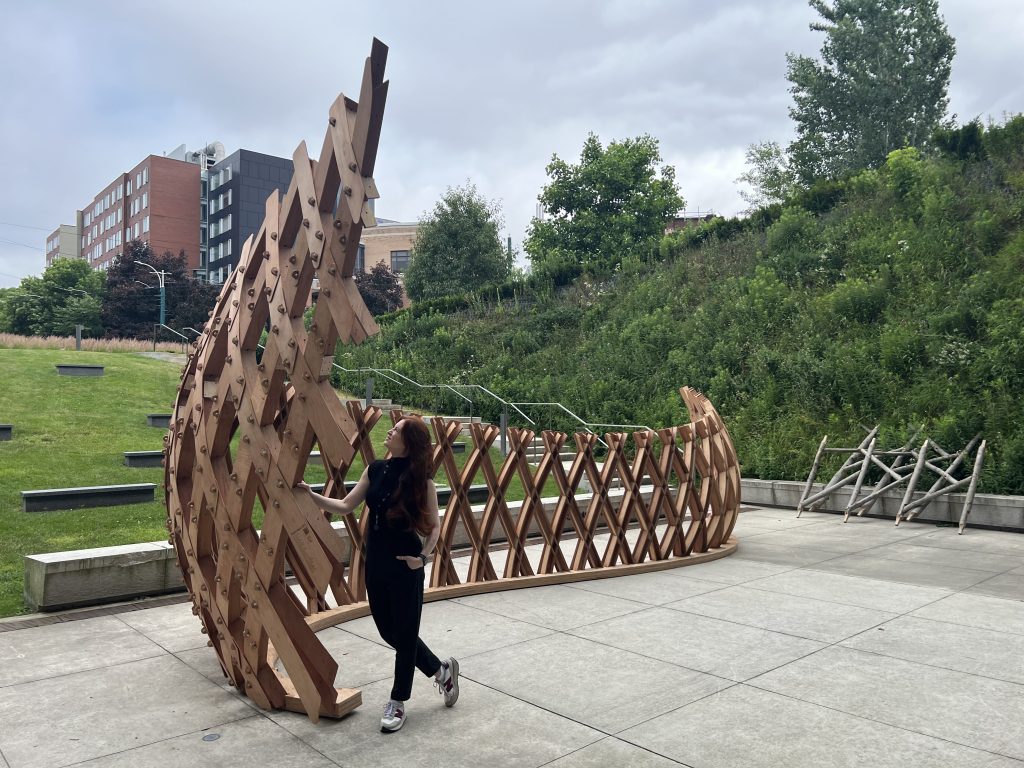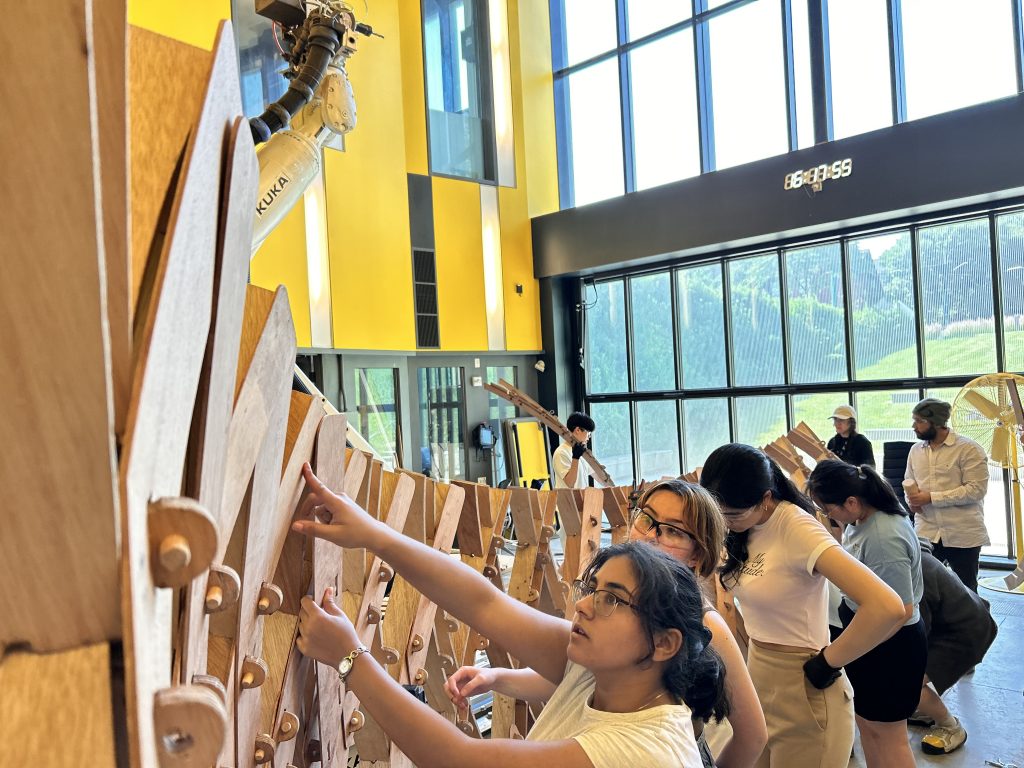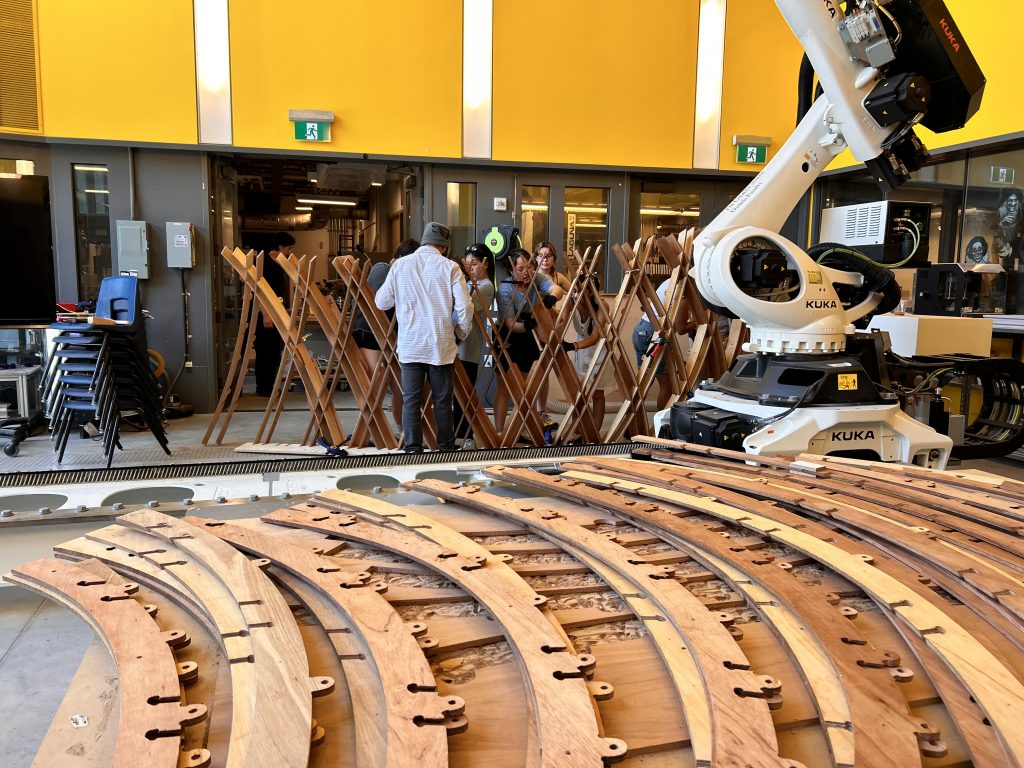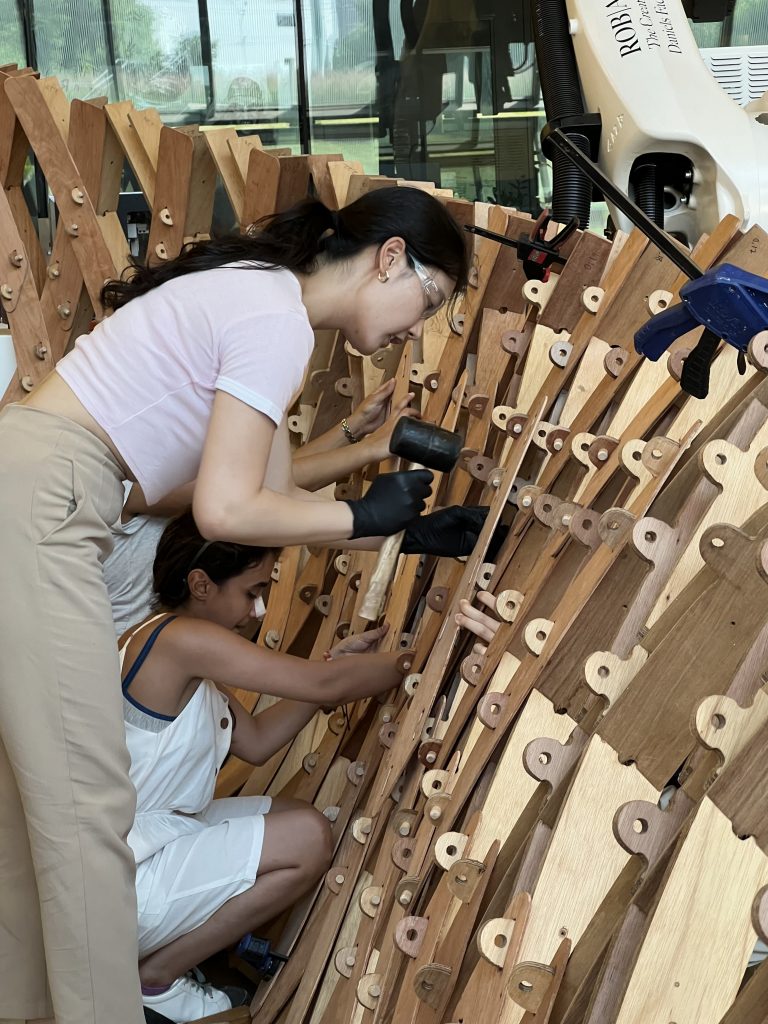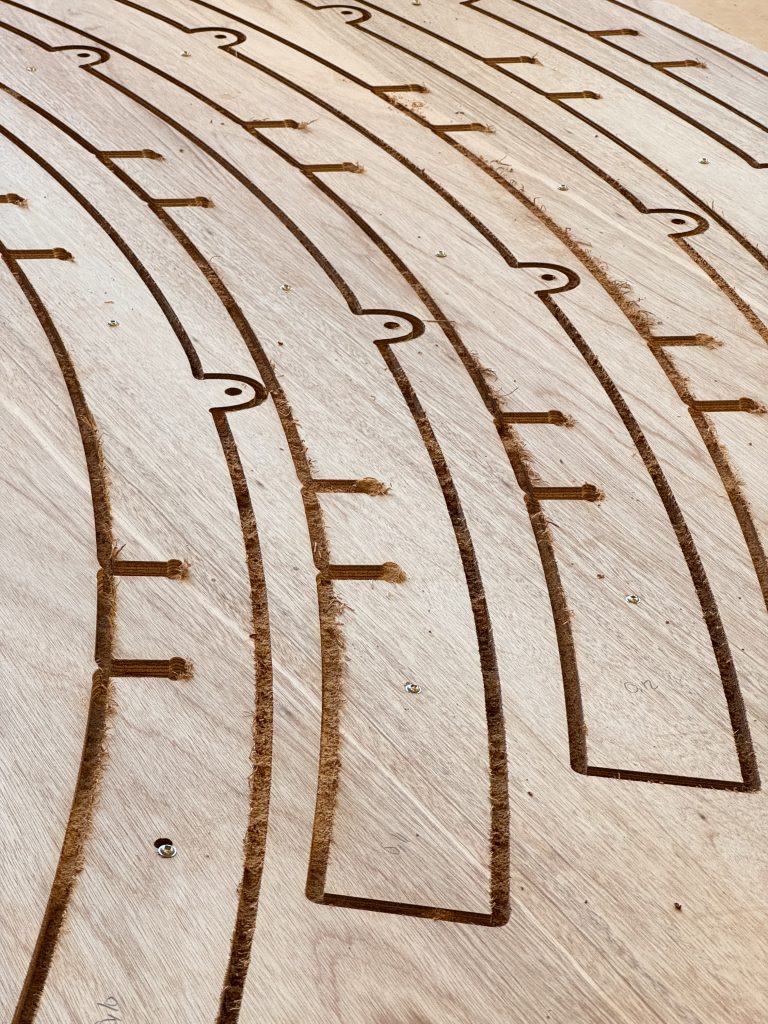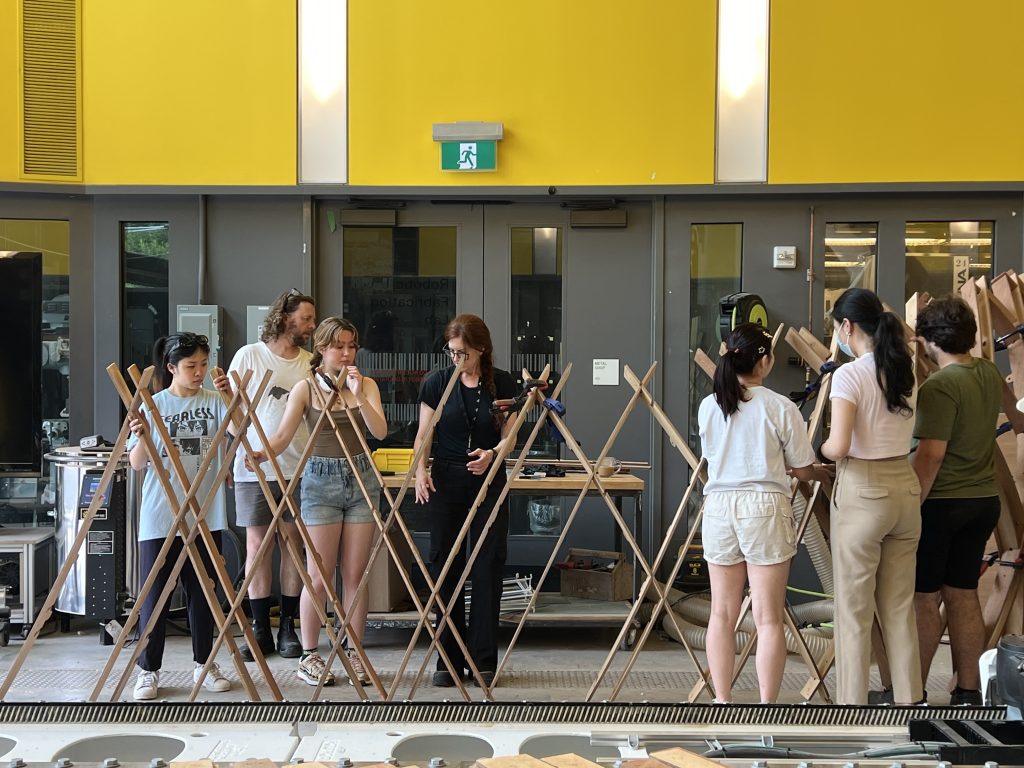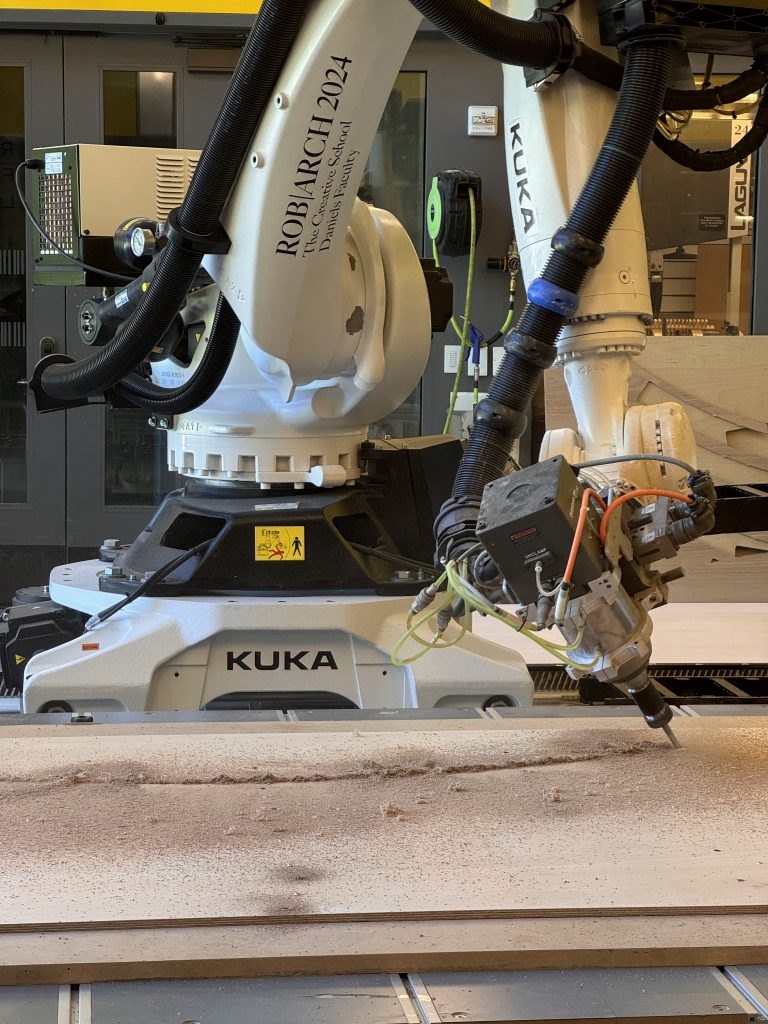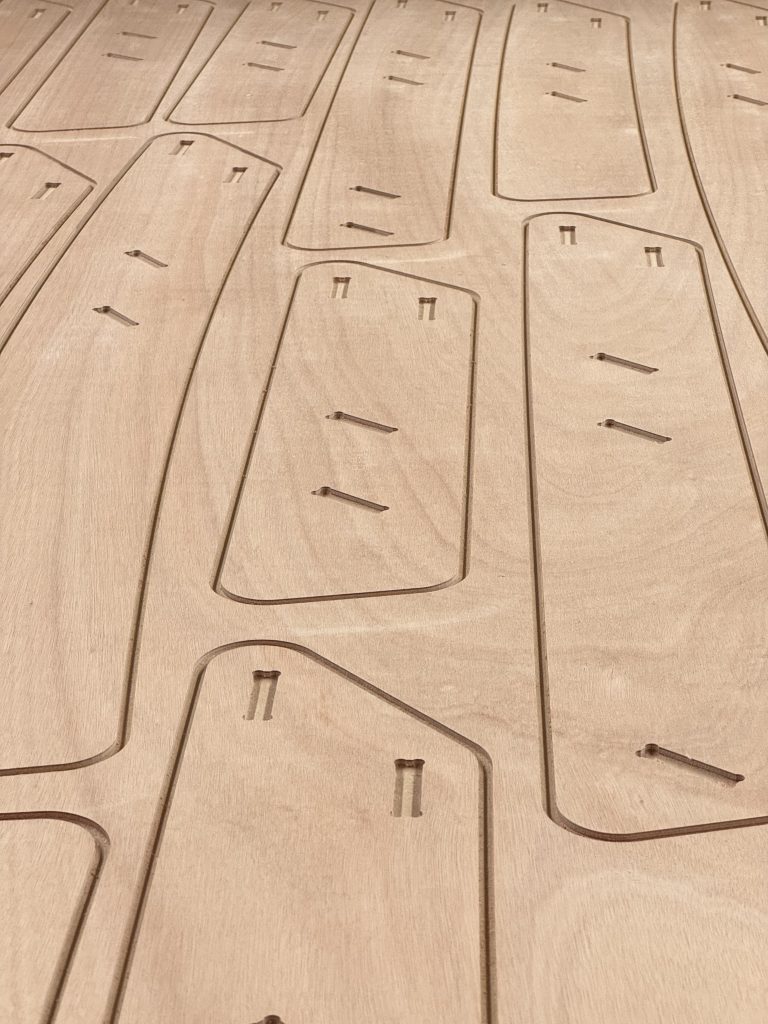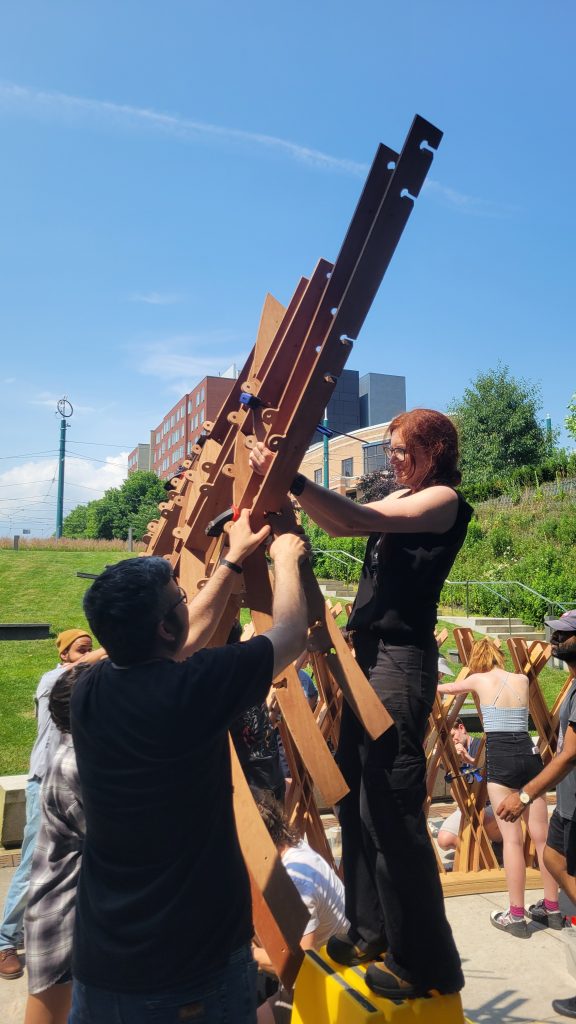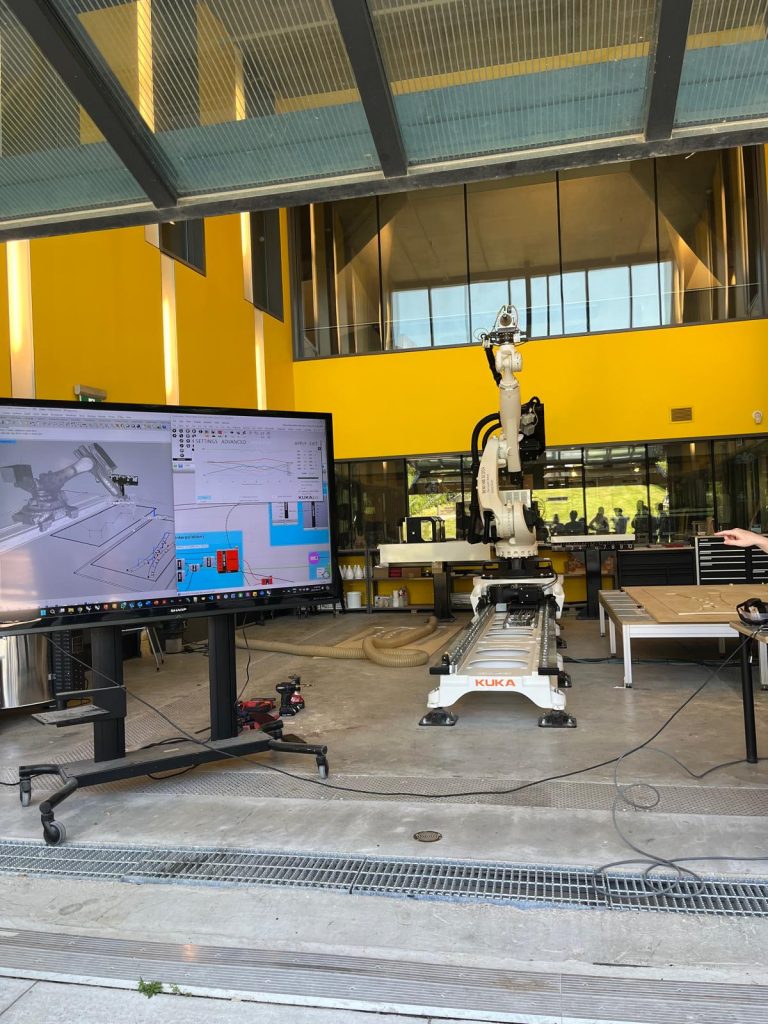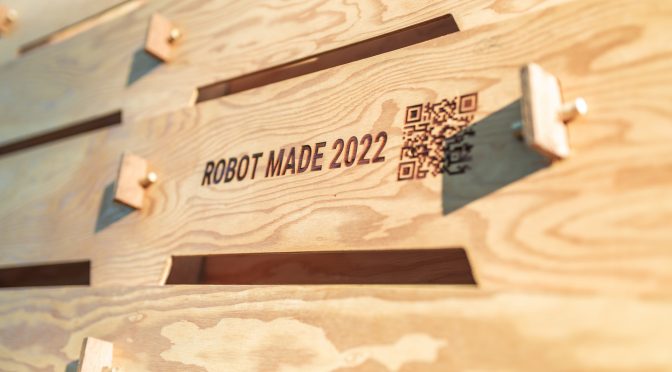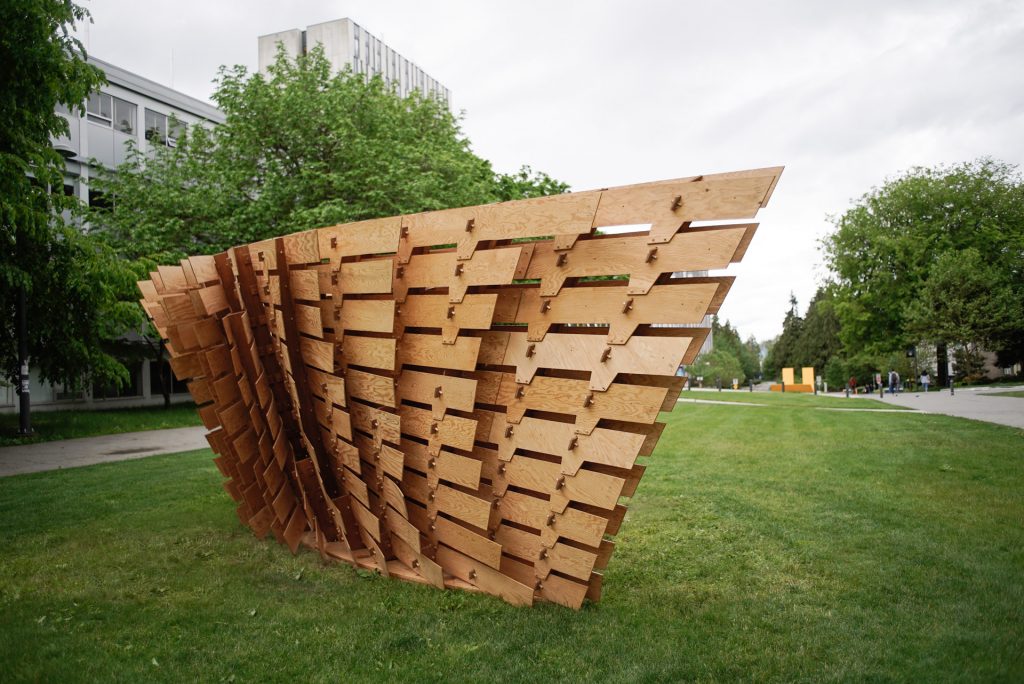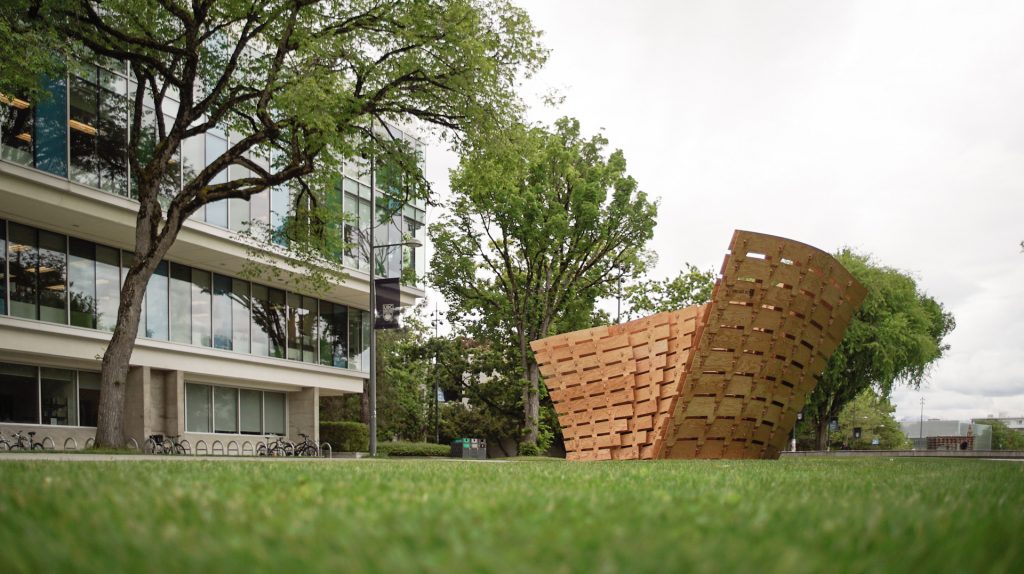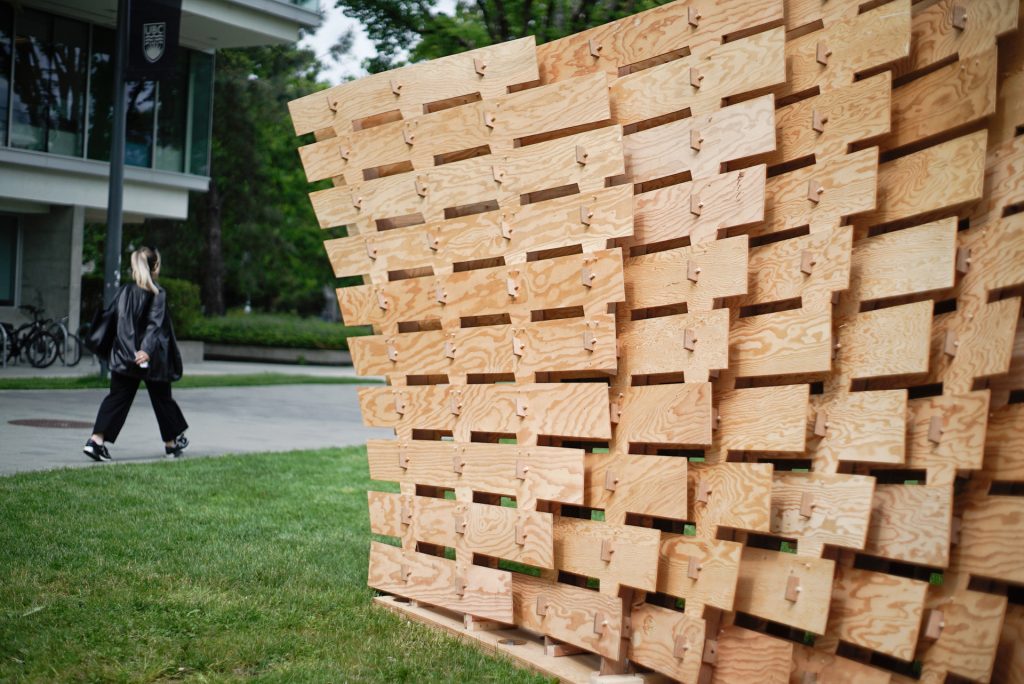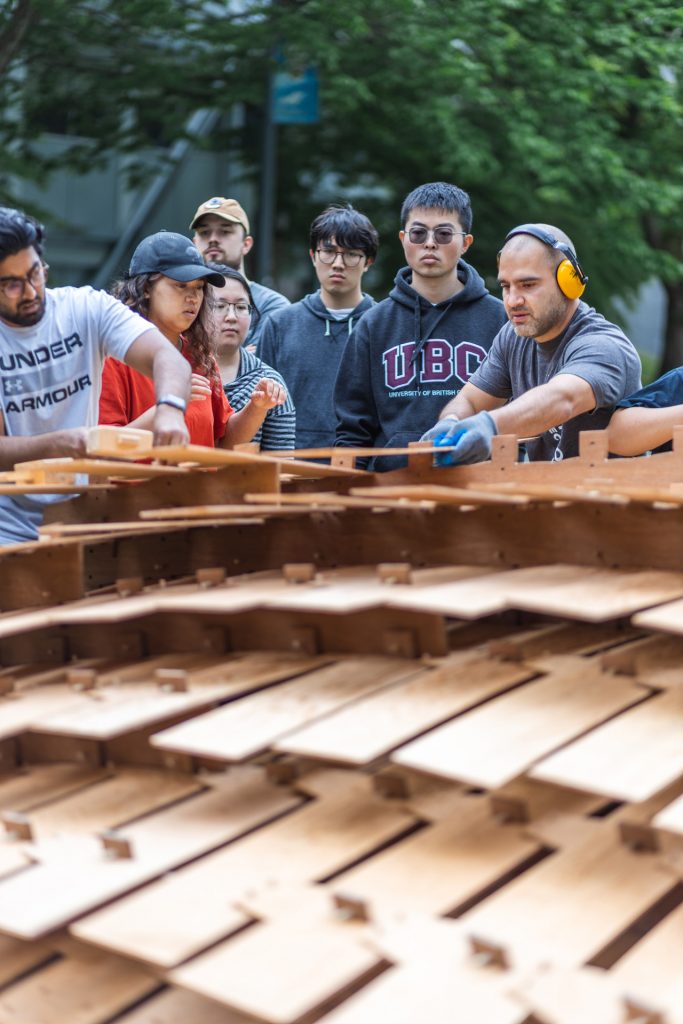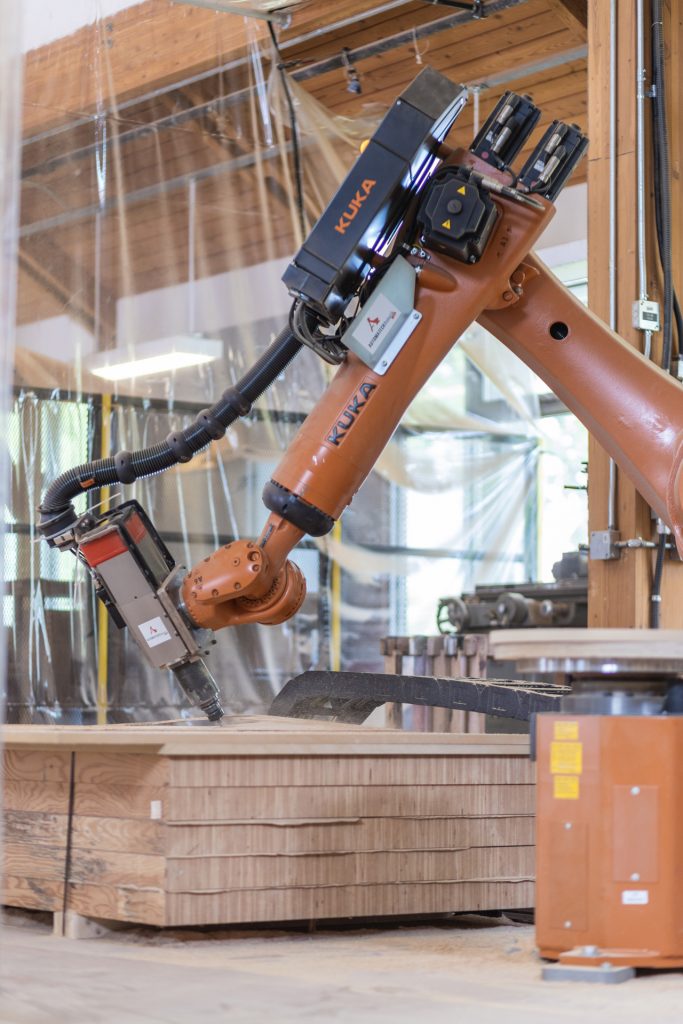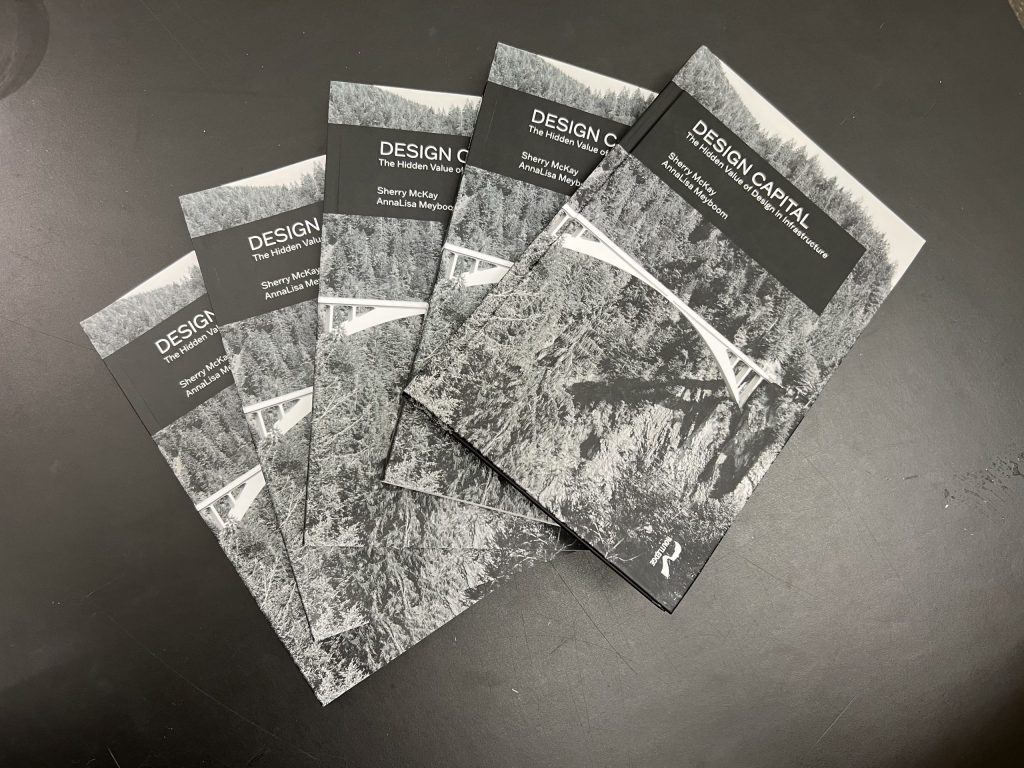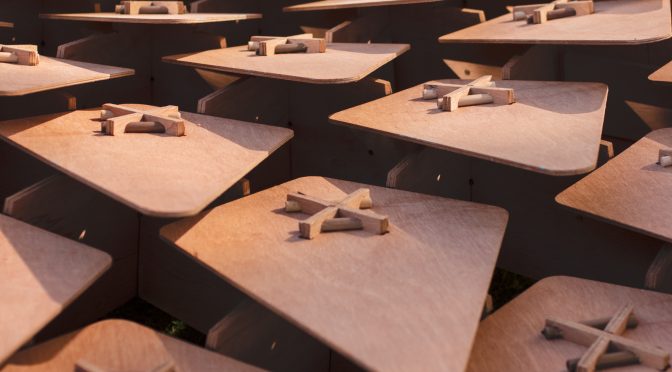Reuse of Wood Construction and Demolition Waste: Potentials for Canada
Category Archives: Architecture
Guidebook Complete
We have completed the Guidebook for Design for Deconstruction in Light Wood Frame!
In Vancouver alone, the construction, renovation, and demolition (CRD) sector produces about 1.7 million tonnes of waste per year.[1] Of this, an estimated 30-60% is wood waste which is largely discarded in landfills. What little wood that is recycled is generally incinerated for waste-to-energy or shredded for biomass. Upcycling waste wood into new construction products presents an opportunity to cycle wood back into the built environment which would extend the lifespan of the wood, add value and longevity to a valuable material, reduce GHG emissions and reduce the new resources required for new construction projects.
Despite the benefit of re-using wood, there are three main difficulties when it comes to deconstructing typical light-wood frame buildings, particularly those built after 1950: The use of irreversible fasteners particularly with nail guns, the presence of adhesive or paint-on materials such as adhesive building wraps, spray foam, and liquid applied sealants, and the presence of toxic materials such as asbestos and lead. While use of toxic materials is now prohibited in new constructions the use of nail guns and adhesives makes deconstruction very difficult if not impossible in some cases.[2]
This guidebook proposes a design-for-deconstruction system that addresses these remaining issues with simple modifications of typical light-wood frame construction practices, allowing for both simple construction, solid performance, and easy deconstruction.
DFMA 2025
We have completed the Design for Manufacturing and Assembly 2025 workshop at Centre of Advanced Wood Processing.
More info here
Wood Design Award for Pyrrha
Birmingham & Wood (partners Sandra Moore and AnnaLisa Meyboom) has won a 2024 Wood Design Award for the Pyrrha project. The project is a mass timber and historic conservation project.
Award:
Wood Design & Building Awards: WoodWorks BC Category
Press release on award: https://mailchi.mp/75dc5ce41cd5/submit-your-innovative-wood-designs-to-the-2024-wood-design-building-awards-13694227?e=5c6b2005ad
Plaidwood: Robot Made 2024
Robot Made 2024 was completed at Daniels School of Architecture at U of T this year.
More info here: Robot Made 2024
Make, Build, Repeat: Robot Made
An editorial in Canadian Interiors about teaching robotic fabrication in construction.
Millefeuille
Robot Made 2022: Mille-feuille Pavilion
The Mille-feuille Pavilion is a robotically fabricated temporary pavilion, installed at the University of British Columbia. The pavilion is the result of a workshop hosted by the School of Architecture and Landscape Architecture (SALA) and the Centre for Advanced Wood Processing (CAWP), which took place from June 4-8, 2022. The workshop was led by Assistant Professor David Correa of the University of Waterloo, Oliver David Krieg of Intelligent City, and Associate Professor AnnaLisa Meyboom from UBC SALA.
The experimental structure demonstrates how long-used materials can partner with new design and high accuracy fabrication technologies to create new ways of using the material – pushing the boundaries of how we build. The installation is part of a larger investigation of how we build with wood considering parametric design programs, integrated data workflows and robotic fabrication technologies. It is one out of five full-scale pavilions that we have built at UBC since 2015.
New Book: Design Capital
My new book written with my excellent colleague Sherry McKay is now out! Find it on Amazon or Routledge.
Design Capital: The Hidden Value of Design in Infrastructure
Designers have been unable to make a case for excellence in the design of public infrastructure. They have neither the tools nor a strategy to demonstrate the value of design in the face of public criticism of any perceived spending on that which might be considered unnecessary. Competition for scarce government funds and a general public perception of infrastructure as mere efficiency, as well as wariness of wasteful use of tax revenues, has often left design ill-considered. Nevertheless, beautifully designed infrastructure brings social value that far exceeds its initial construction expenditure.
With this objective, the book offers strategies and tools for justifying public spending on design considerations in infrastructure projects. The term ‘design capital’ serves to redefine the seemingly mute asset of design as an expressible value. Design capital is a way of capturing the various assets of design and the manner in which they can operate within a system of exchange usually restricted to economic capital.
The premise is that design has the ability to make infrastructure resonate with cultural or social value, as seen in the case studies, which bestows infrastructure with the potential to accrue design capital. Support for this proposition is drawn from various methodologies of economic valuation and Bourdieu’s theory of cultural capital, explanation of design methodology and education and a series of historical and contemporary case studies. The book also addresses some of the more controversial outcomes associated with contemporary infrastructure: gentrification, globalization and consumer tourism.

